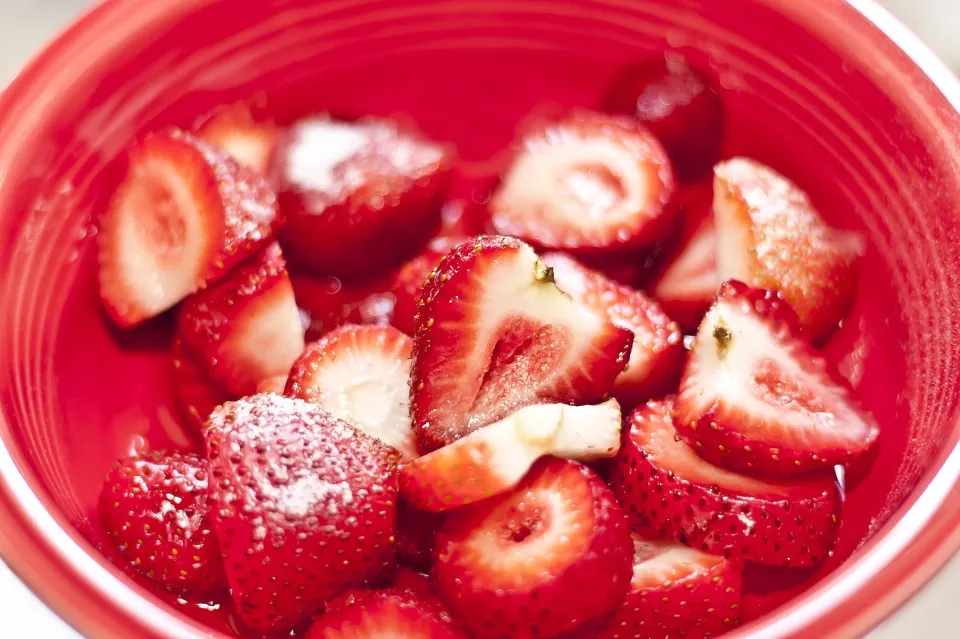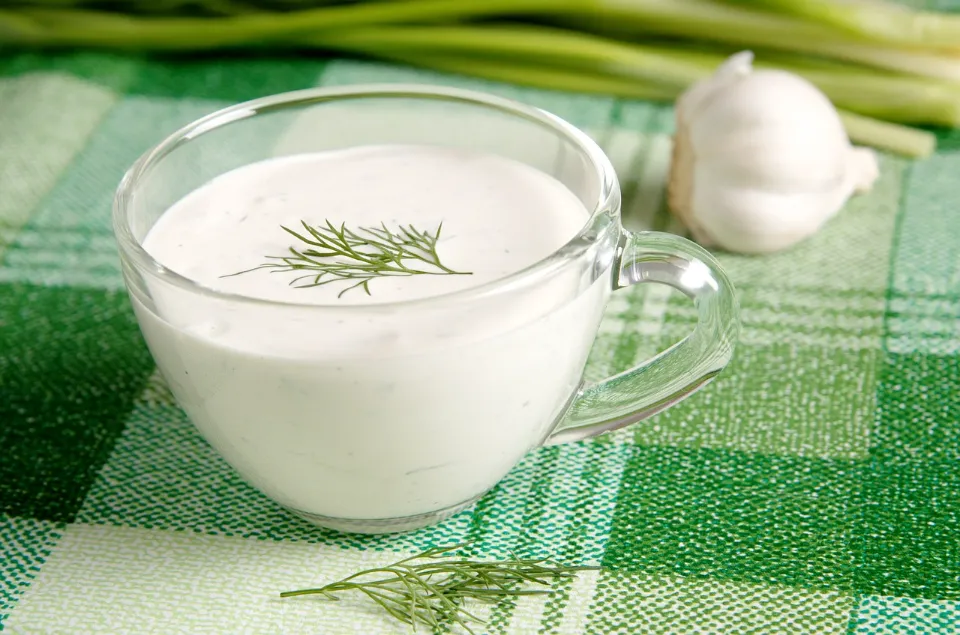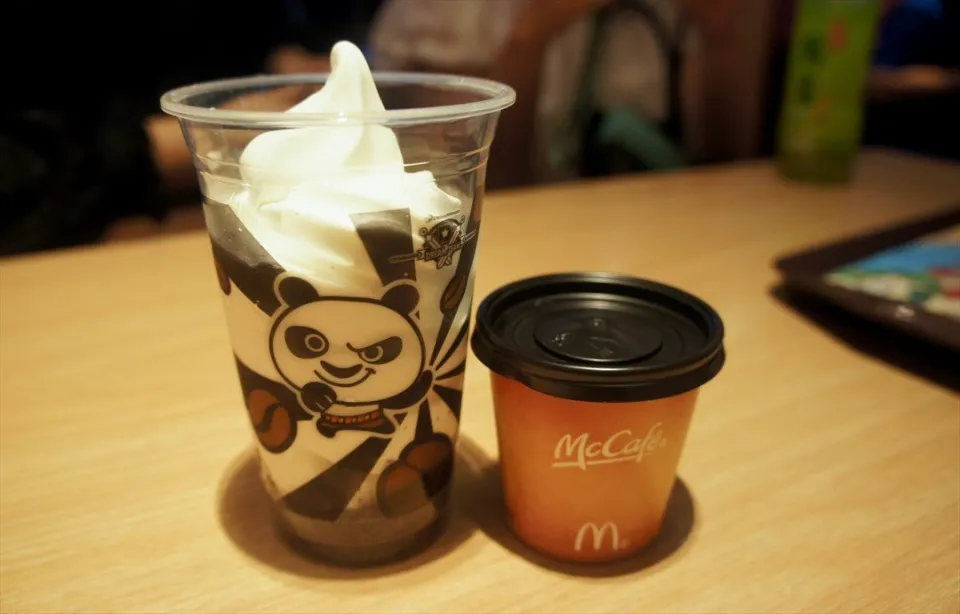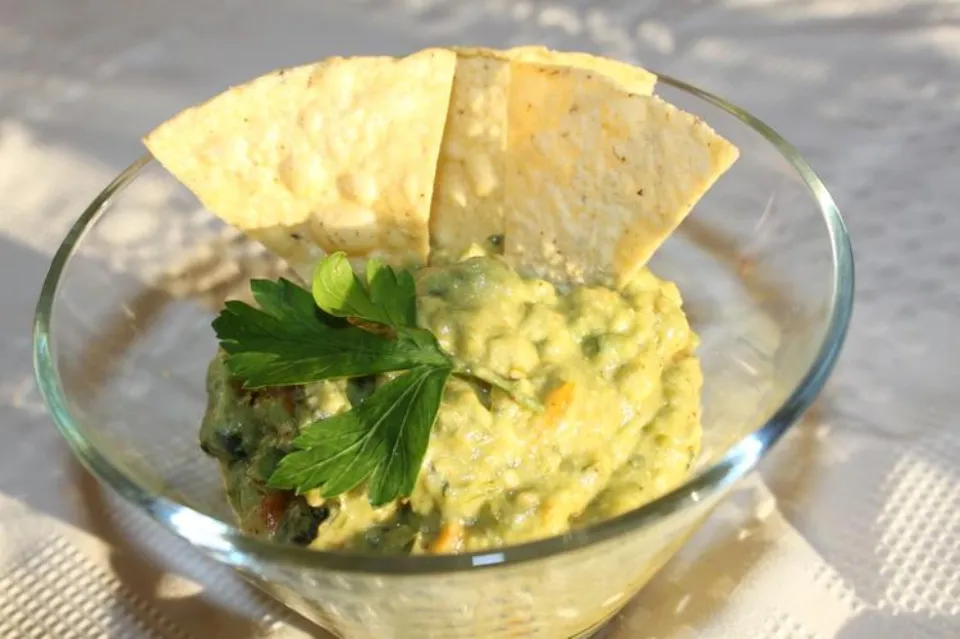Since its introduction in the 1930s, Fiestaware has made a significant impact on the ceramic dishware industry. Is Fiestaware microwave safe, though?
The entire current Fiestaware line can be used in a microwave. Although it might feel a little warm to the touch when you take it out of the microwave, generally speaking, they are safe to microwave.
If you want to know whether your dishes are radioactive or not, there are simple tests you can perform. You can also look for other indicators to see if your Fiestaware is still functional. Discover some advice in the following paragraphs!
Is Fiestaware Microwave Safe?
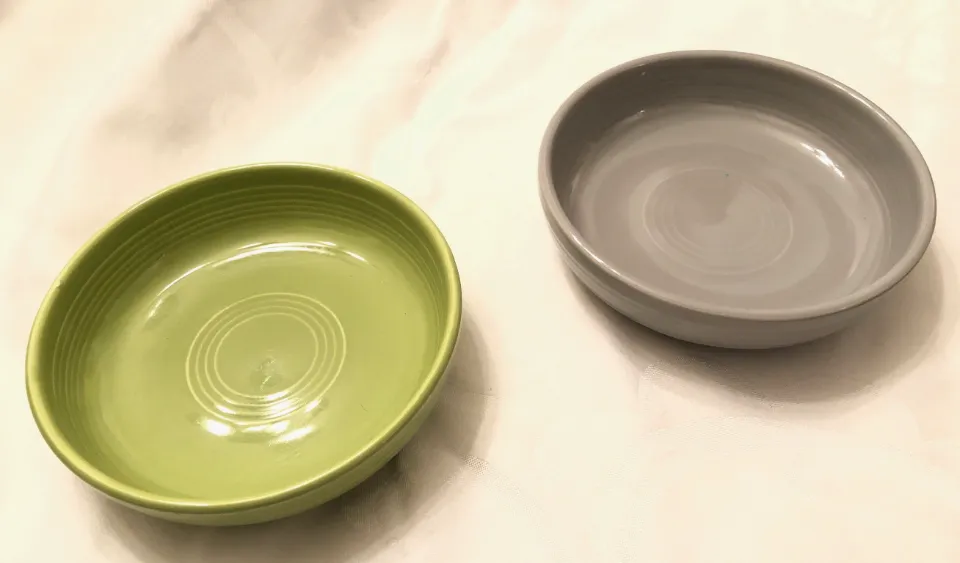
You need to decide if you have dinnerware or bakeware before you consider baking in Fiestaware pieces in the microwave.
Bakeware is also produced by Fiesta. The bakeware items can be used in an oven that reaches 500 degrees.
- Rectangular Baker 9 x 13
- Square Baker 9 x 9
- Loaf Pan 10 ⅞ x 5 ¾
- Individual Casserole Dish 9 ¼ x 5 ⅝
- Pizza Baking Tray 12″ diameter
- Ramekin 4″ diameter
- Deep Dish Pie Baker 10 ⅜ ” diameter
- Small Covered Casserole 8″ diameter x 3″ deep
- Large Covered Casserole
Any Fiesta ceramic item is suitable for use in the microwave. When removing a dish from the microwave, use a potholder or towel because the plates and bowls will become hot when the food touches them.
Even better, you can microwave-heat food directly from a dish that has been taken out of the freezer.
Is Fiestaware Dishwasher and Freezer Safe?
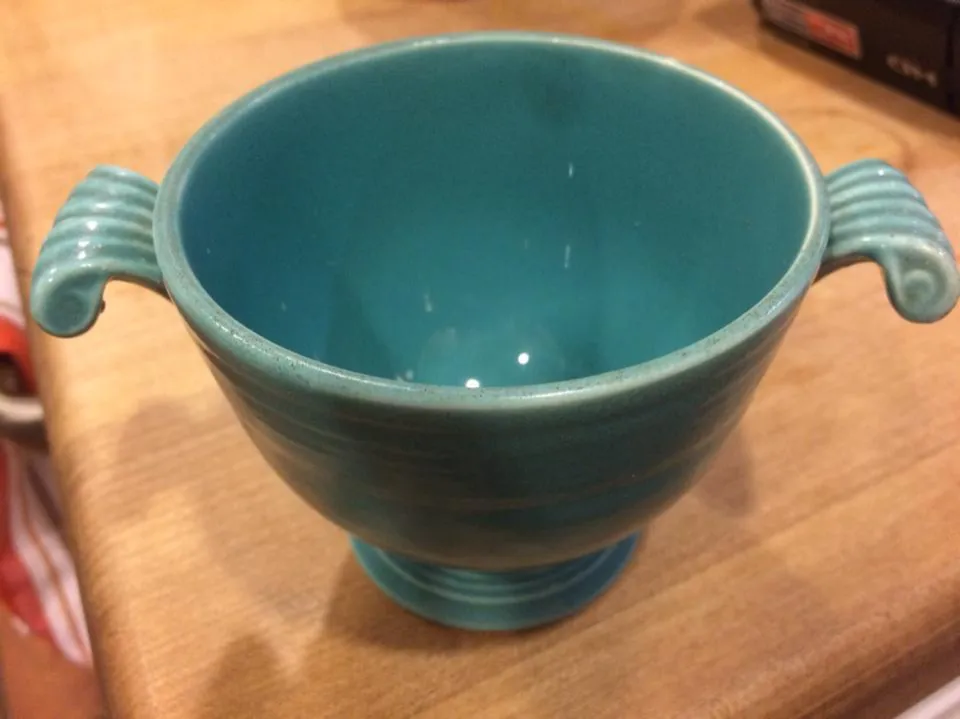
Oven, microwave, freezer, and dishwasher safety are all features of Fiesta dinnerware and bakeware.
Read More: How Does A Microwave Oven Work
A dish can be removed from the freezer and immediately placed in the oven or microwave. Fiestaware is built to withstand these temperature changes because it adheres to commercial kitchen standards.
Even better, Fiestaware makes a gorgeous dish that matches your table setting, so you can serve right from it.
They are also simple to clean up because after dinner, you can just throw the bakeware and dishes in the dishwasher.
How to Use Vintage Fiestaware Safely?
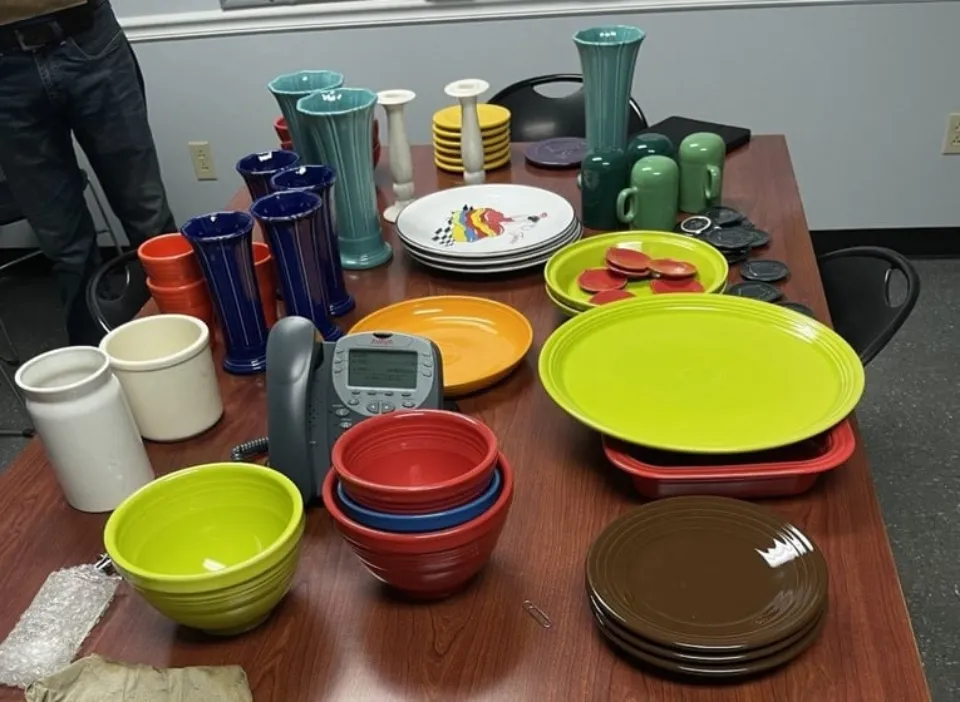
Vintage Fiesta dishes, like their contemporary equivalent, are freezer, dishwasher, microwave, and oven safe up to 350 degrees.
Your dinnerware might, however, contain cadmium, uranium, or lead if it was made before 1976. It is probably best not to use these plates for food.
You should never eat from dishes that have glaze flaws like cracks or chips.
What is Fiesta Dinnerware Made From?
Clay, Feldspar, Silica, and Alumina are the main ceramic ingredients used to make the Fiesta Dinnerware and Bakingware, which gives these lovely items strength and long-lasting durability.
Is Fiestaware Toxic?
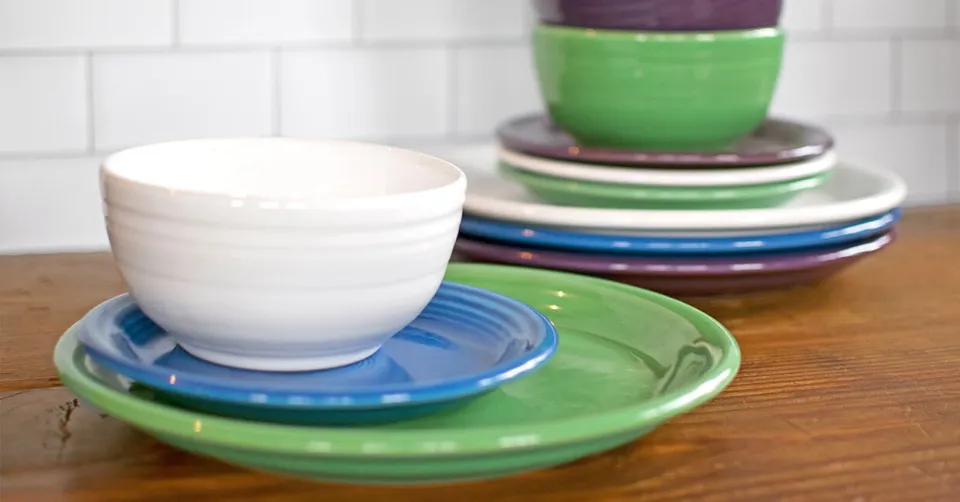
All Fiestaware produced after 1986 is modern and safe. Depleted uranium or lead were used in some early paints and glazes to produce their brilliant hues.
Fiesta, however, no longer employs these hues to ensure that their products are a reliable, beautiful, and safe option for your family.
Lead in Vintage Fiestaware
According to the FDA, Fiesta dinnerware has been lead-free since 1986. Any product that indicates less than.5 parts per million, according to the FDA, may be labeled as lead-free.
Fiesta has a stricter policy when sourcing ingredients for their ceramics because they are aware of the potential issues with lead.
Even though they are legally allowed to, the company will not label their products 100% lead-free because they do contain this tiny amount of lead.
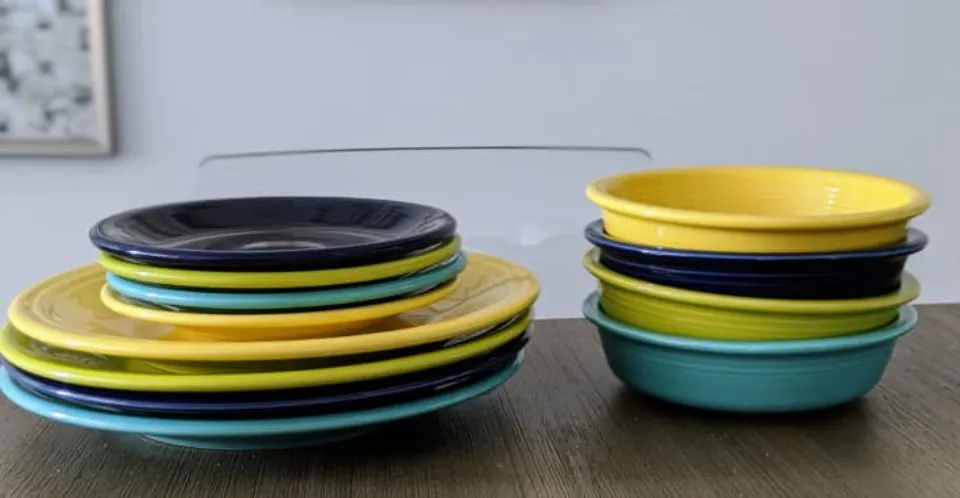
Uranium in Vintage Fiestaware
4.5 grams of uranium oxide or depleted uranium oxide may be present in Fiesta ceramics and other companies’ ceramic dishes made between 1936 and 1972, depending on the color.
Since its creation in 1972, contemporary Fiestaware has been uranium-free.
While using these dishes daily is not advised, displaying them in your home is probably safe for you.
Cadmium in Vintage Fiestaware
Very trace amounts of cadmium are present in the glaze of Fiesta Dinnerware, just like other ceramic dishes.
Fiesta dinnerware has a contaminant level that is even lower than what is required by the FDA and California, at less than.02 parts per million.
Where is Fiesta Dinnerware Made?
The American company Fiesta produces dinnerware. Beginning with the production of pottery ware in Ohio in 1871, the Homer Laughlin China Company went on to create Fiesta.
The factory was relocated to Newell, West Virginia where there was more room for growth after years of success and expansion.
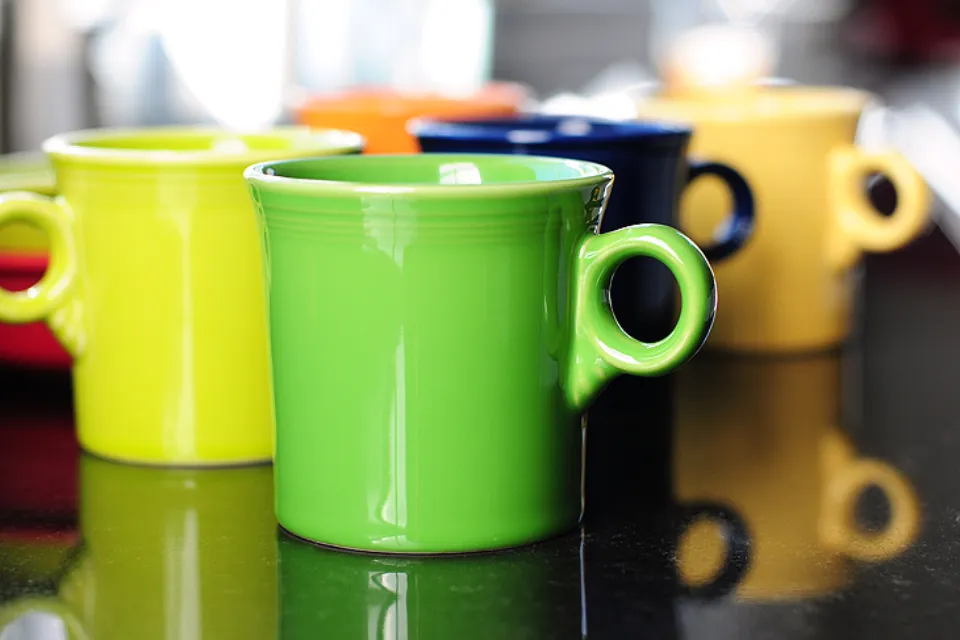
Design director Frederick Hurten Rhead was hired in 1927. He was the dinnerware designer behind the Fiesta collection.
For the company, it quickly became the most well-liked product line. The Fiesta Tableware Company replaced The Homer Laughlin China Company in 2020.
Turquoise was subsequently added to the line not long after its debut. As fashion evolved over time, Fiesta phased out some colors and introduced new ones.
Final Thoughts
The oven is compatible with both Fiesta dinnerware and Fiesta bakeware. Up to 350 degrees, bakeware and dinnerware can both be used in the oven.
Additionally, the Fiesta bakeware and dinnerware are freezer, microwave, and dishwasher safe.
FAQs
Does Fiestaware Heat Up in Microwave?
With a wide range of functionality, Fiesta Dinnerware is designed with the foodservice and hospitality industries in mind. Fiesta can be used in the microwave and moved safely from the freezer to the oven, table, and dishwasher.
Why Did They Stop Making Fiestaware?
Fiesta Red suffered during World War II when the US government seized the company’s uranium holdings due to the potential for use in the creation of an atomic bomb. Fiesta red was discontinued until 1959, when it was once again produced, but this time with depleted uranium (DU) in place of the original natural uranium.
What is So Special About Fiestaware?
Since its debut in 1936, the Fiesta Tableware Company of Newell, West Virginia has produced and marketed the Fiesta line of ceramic glazed dinnerware, with a break from production from 1973 to 1985. Fiesta is renowned for its Art Deco design and assortment of frequently striking, solid colors.

